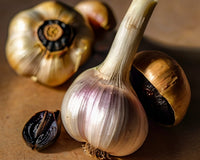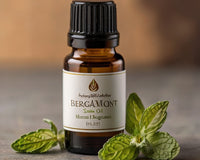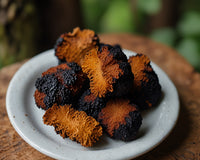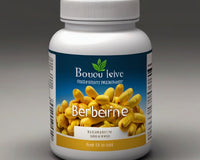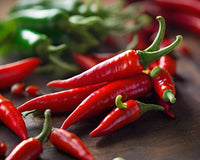Food allergies occur when your immune system reacts defensively to specific food proteins that are actually not harmful to the body.
The first time you eat a problematic food, your immune system responds by producing specific disease-fighting antibodies called immunoglobulin E, or IgE. When you eat the food again, the IgE antibodies immediately kick in, releasing large amounts of histamine to expel the "foreign invaders" from your body. Histamine is a powerful chemical that can affect the respiratory system, gastrointestinal tract, skin, or cardiovascular system.
What are the symptoms of food allergies?
Symptoms of food allergy may appear almost immediately, or within two hours after you eat the food. Symptoms may include:
- There is a stinging feeling in the mouth
- Swelling of tongue and throat
- Measles
- Skin rash
- Vomiting, diarrhea, or abdominal cramps
- Difficulty breathing
- Reduce blood pressure
- Loss of consciousness
A severe reaction is called anaphylaxis - and can be fatal
What foods most commonly cause allergic reactions?
Eight foods cause more than 90 percent of food allergies in children—milk, eggs, peanuts, wheat, soy, fish, shellfish, and tree nuts (such as walnuts, pecans, and almonds). In adults, 90% of food allergies are caused by peanuts, tree nuts, fish and shellfish.
How are food allergies diagnosed?
Your doctor may order a radioactive allergen blood test (RAST) to check the number of antibodies your immune system produces. Elevated levels of certain types of antibodies can help your doctor identify specific food allergies. Your doctor may also perform an allergy skin test, also called a scratch test, to identify the substance causing your allergy symptoms.
By having you keep a food diary, your doctor will have a better starting point for identifying foods that may trigger your allergies. You may be asked to remove all possible allergy-causing foods and then add them to your diet one at a time to see if they cause any reactions. This is called an elimination and challenge diet.
How to treat food allergies?
The best way to deal with food allergies is to strictly avoid the foods that cause allergic reactions. Mild reactions usually go away without treatment. For rashes, antihistamines may help reduce itching and may also relieve congestion and other symptoms.
For more severe reactions, corticosteroids, such as prednisone, will help reduce swelling. In life-threatening situations, an injection of epinephrine can begin to reverse symptoms immediately and is the only effective treatment option. If your doctor prescribes an auto-injector for you, keep two with you at all times.
How can I prepare for food allergies?
Once you and your doctor determine which foods you should avoid, stay away from them. However, it is important to maintain a healthy, nutritious diet. Ask your doctor to recommend foods that provide necessary nutrients.
You should also know what’s in processed foods. Be sure to read labels. A registered dietitian can help you learn how to read food labels to discover hidden sources of food allergens. Some lotions, hair products, soaps and medications may also contain foods that may trigger allergies - such as nuts or milk.
When dining out, call ahead to find out if the staff is trained to handle food allergies. Make it clear to your server what you need and ask to speak to a manager or chef if you don't feel comfortable. Order simply prepared dishes and avoid salad bars or buffets.
If you are prone to allergic reactions, ask your doctor to prescribe an epinephrine injection kit and keep two with you. Let family and co-workers know what you are allergic to and how they can help if you have a reaction. If your child has allergies, make an emergency plan with their school and teachers.
This can be tricky if you live in a family or roommate situation where one person is allergic and the others continue to eat the offending food. Here are some tips:
- Clearly label food packages and containers "safe" or "unsafe." Consider placing a separate shelf in your refrigerator or pantry.
- Start by preparing food for the allergic person.
- If possible, use separate utensils and cookware for preparing food with and without allergens. Otherwise wash it immediately.
- Between fixing safe and problematic items, thoroughly clean counters and other surfaces where you prepare meals. For some things, like peanuts, you may need to use a spray cleaner or disinfecting wipes along with dishwashing liquid.
- Some people with allergies may react to food proteins that are released into the air as steam or vapor during cooking. These are rare and usually mild. Make sure sensitive people stay out of the kitchen during cooking and for 30 minutes afterwards.
- Wash your hands frequently while cooking and before and after eating.
- Wipe down tables and kitchen counters after meals.

